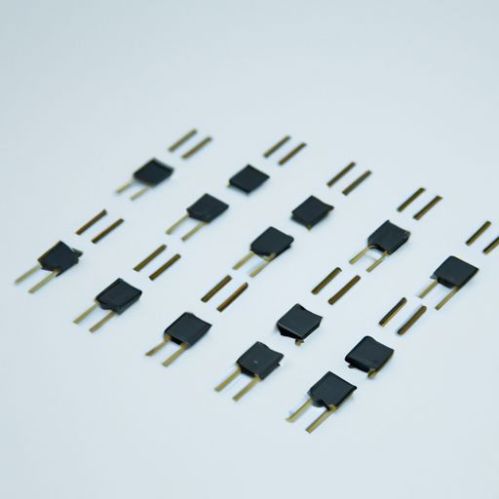Table of Contents
Exploring the Role of Diode, Transistors, and Sensors in Circuit Manufacturing
In the world of electronics, Diodes, transistors, and sensors play crucial roles in the manufacturing of circuits. These components are essential for controlling the flow of electricity, amplifying signals, and detecting changes in the Environment. Integrated Circuits, Capacitors, and Resistors are also key elements in circuit manufacturing, working together with diodes, transistors, and sensors to create functional electronic devices.
Diodes are semiconductor devices that allow current to flow in one direction while blocking it in the opposite direction. This property makes diodes ideal for rectifying alternating current (AC) into direct current (DC) in Power Supplies. They are also used in signal processing circuits to prevent signal distortion and in light-emitting diodes (LEDs) for converting electrical energy into light. Diodes are available in various types, such as rectifier diodes, zener diodes, and Schottky diodes, each designed for specific applications.

Transistors are semiconductor devices that can amplify or switch electronic signals. They consist of three layers of semiconductor material \u2013 the emitter, base, and collector \u2013 and can be classified as bipolar junction transistors (BJTs) or field-effect transistors (FETs). BJTs are commonly used in analog circuits for amplifying signals, while FETs are preferred in digital circuits for switching operations. Transistors are essential components in amplifiers, Oscillators, and logic Gates, enabling the creation of complex electronic systems.
Sensors are devices that detect changes in the environment and convert them into electrical signals. They are used in a wide range of applications, from temperature and pressure sensing to motion detection and proximity sensing. Sensors can be classified based on the physical phenomenon they measure, such as light sensors, Temperature Sensors, and motion sensors. They play a crucial role in automation, robotics, and IoT (Internet of Things) applications, providing real-time data for decision-making and control.
Integrated circuits (ICs) are miniature electronic circuits that contain multiple components, such as diodes, transistors, and resistors, on a single semiconductor chip. They are used in almost every electronic device, from smartphones and computers to medical devices and automotive systems. ICs can be analog, digital, or mixed-signal, depending on the type of signals they process. They are manufactured using semiconductor fabrication techniques, such as photolithography and etching, to create complex circuit patterns on silicon wafers.
Capacitors are passive electronic components that store and release electrical energy. They consist of two conductive plates separated by an insulating material, known as a dielectric. Capacitors are used in filtering, smoothing, and energy storage applications, providing stability and reliability to electronic circuits. They come in various types, such as ceramic capacitors, electrolytic capacitors, and tantalum capacitors, each with specific characteristics for different circuit requirements.
Resistors are passive electronic components that limit the flow of current in a circuit. They are used for voltage division, current limiting, and signal conditioning, providing control and protection to electronic devices. Resistors are available in different values and power ratings, allowing designers to tailor the circuit performance to meet specific requirements. They are essential for setting bias points, controlling gain, and protecting components from excessive currents.
In conclusion, diodes, transistors, and sensors are essential components in circuit manufacturing, enabling the creation of complex electronic systems for various applications. Integrated circuits, capacitors, and resistors work together with these components to provide functionality, reliability, and performance to electronic devices. Understanding the role of these components is crucial for designing and building circuits that meet the demands of modern technology.
